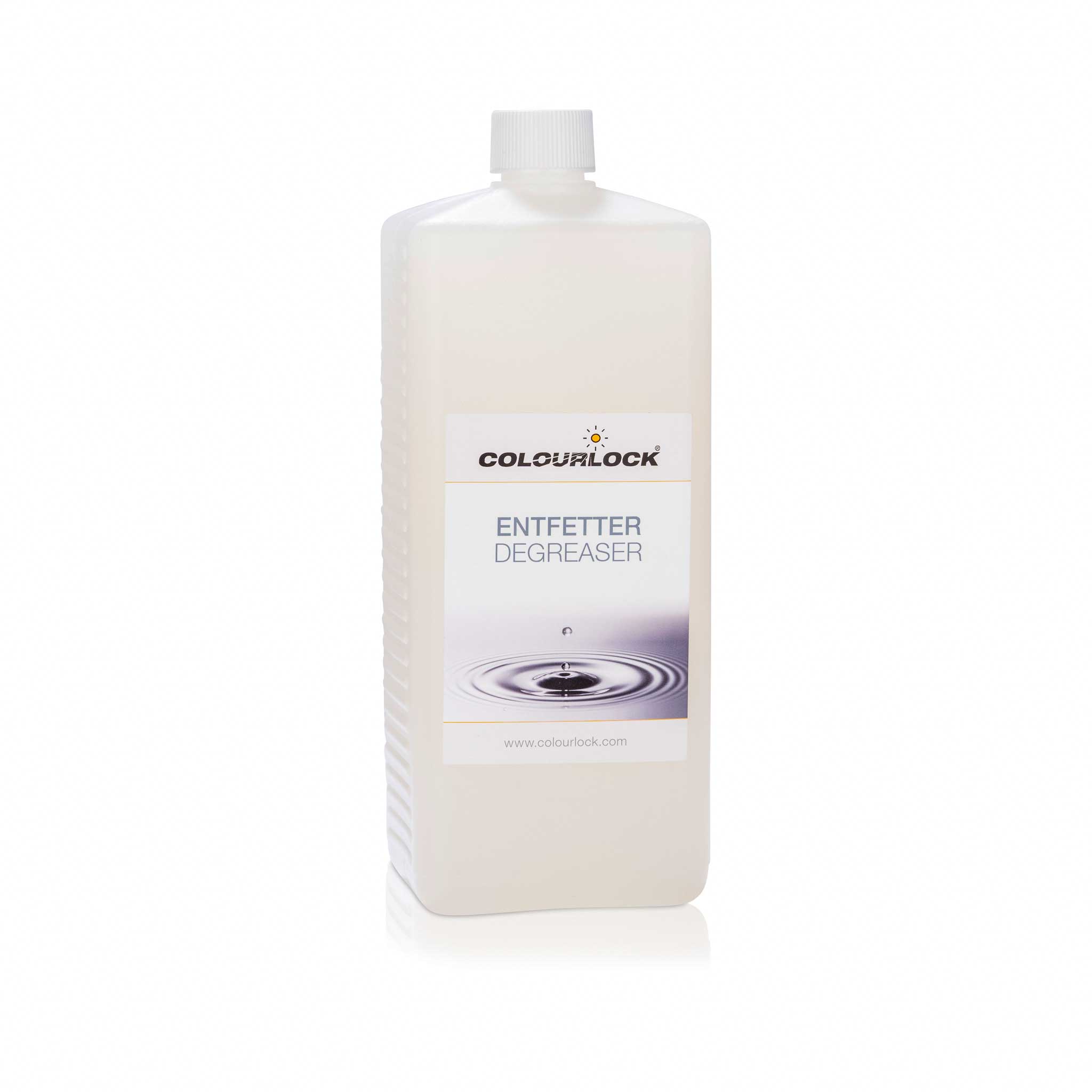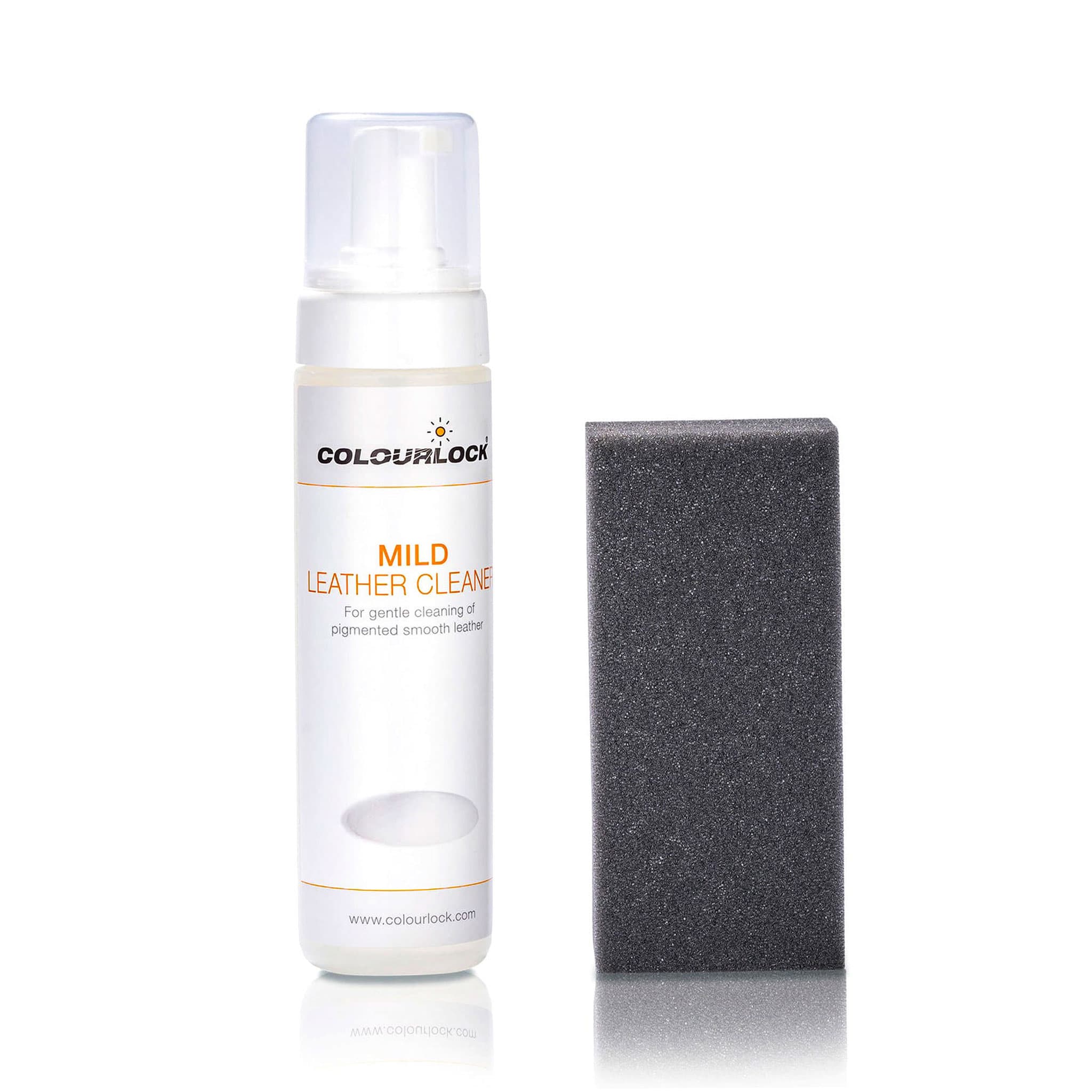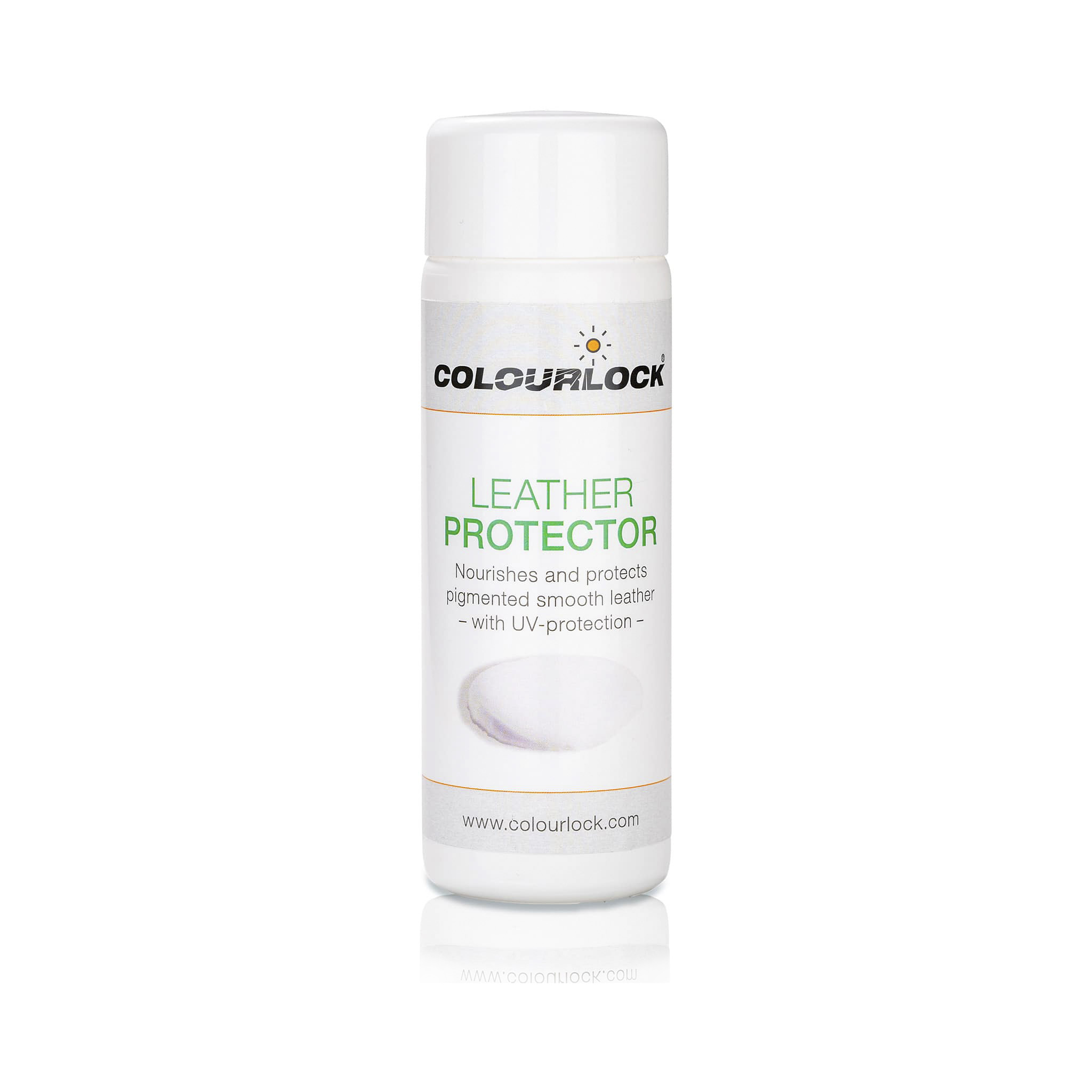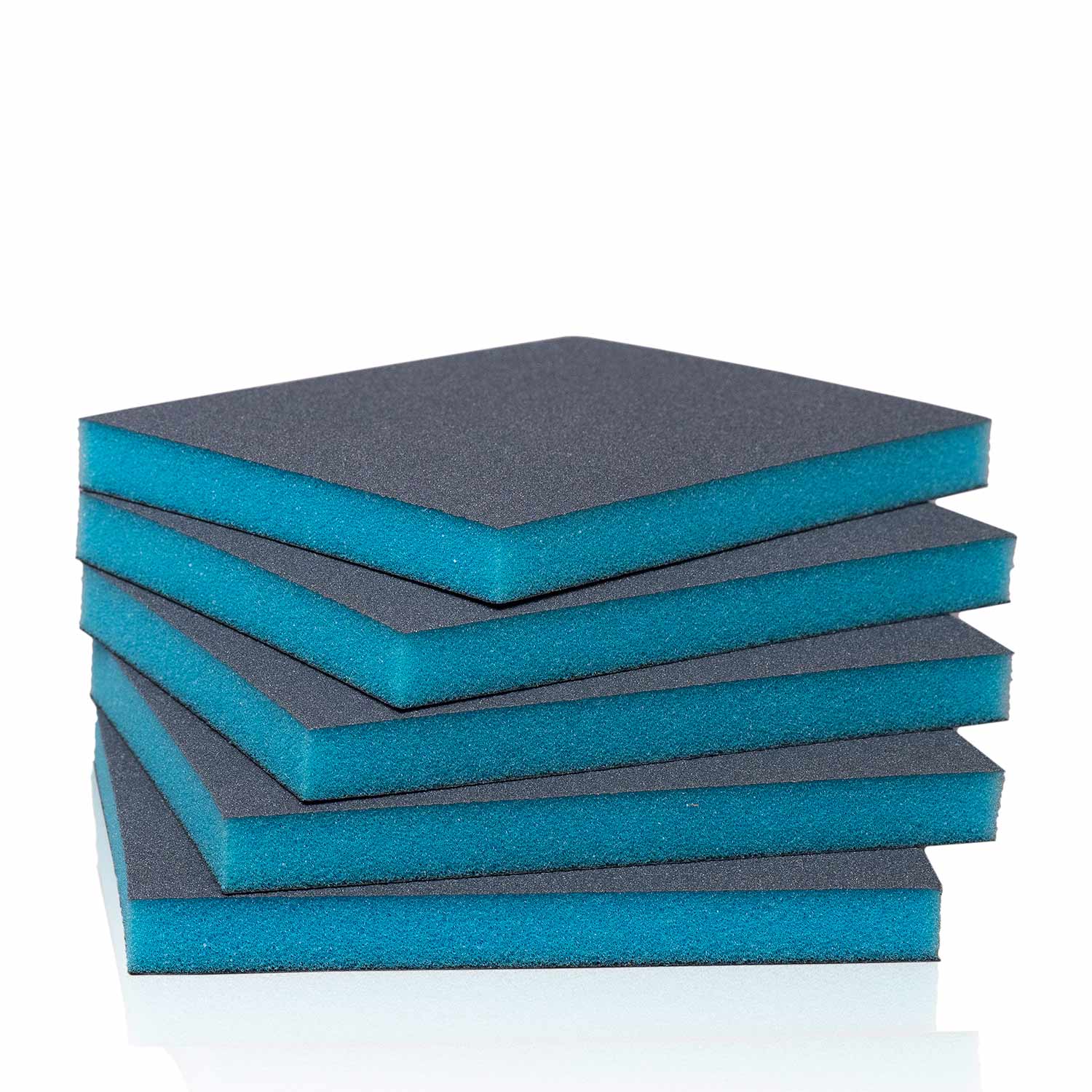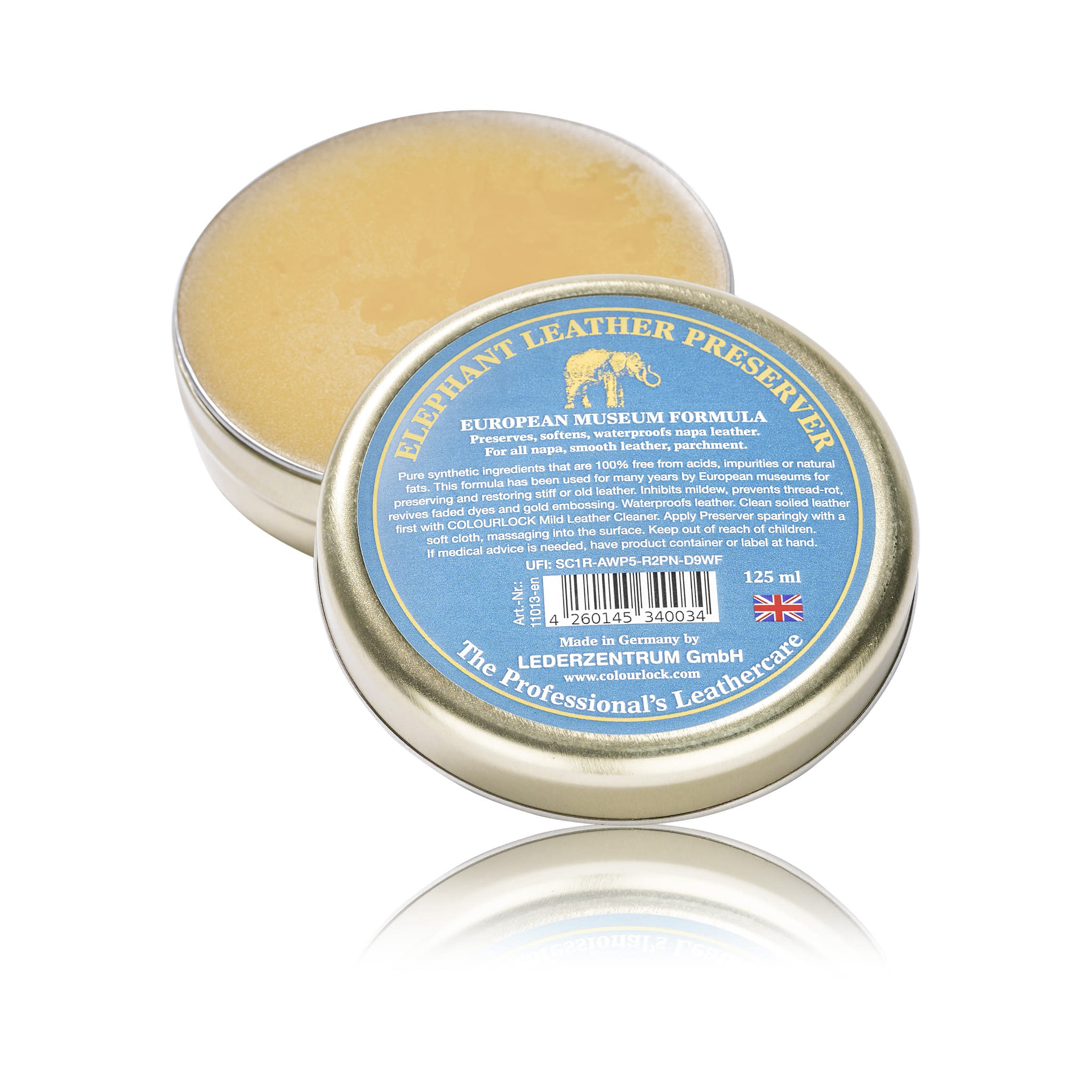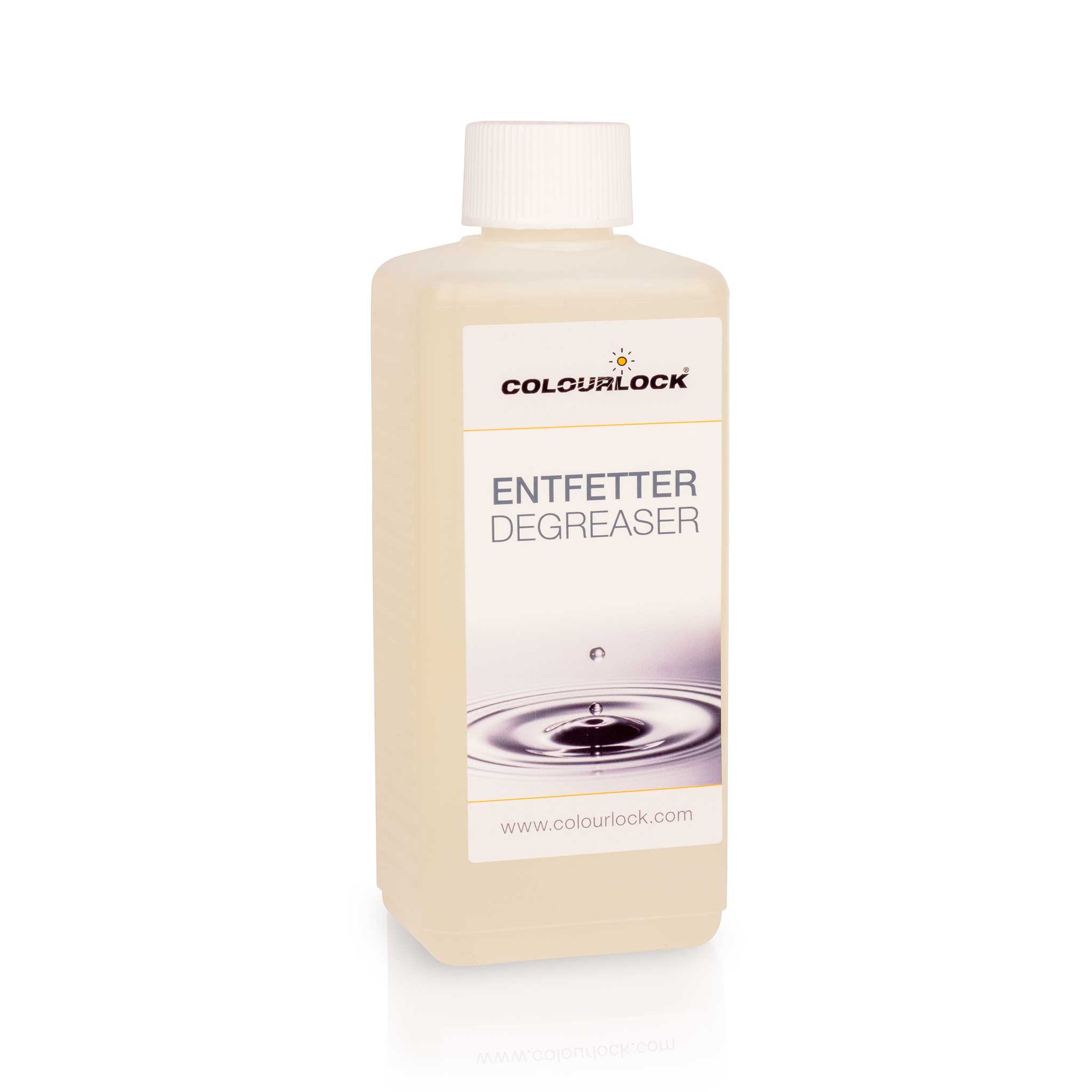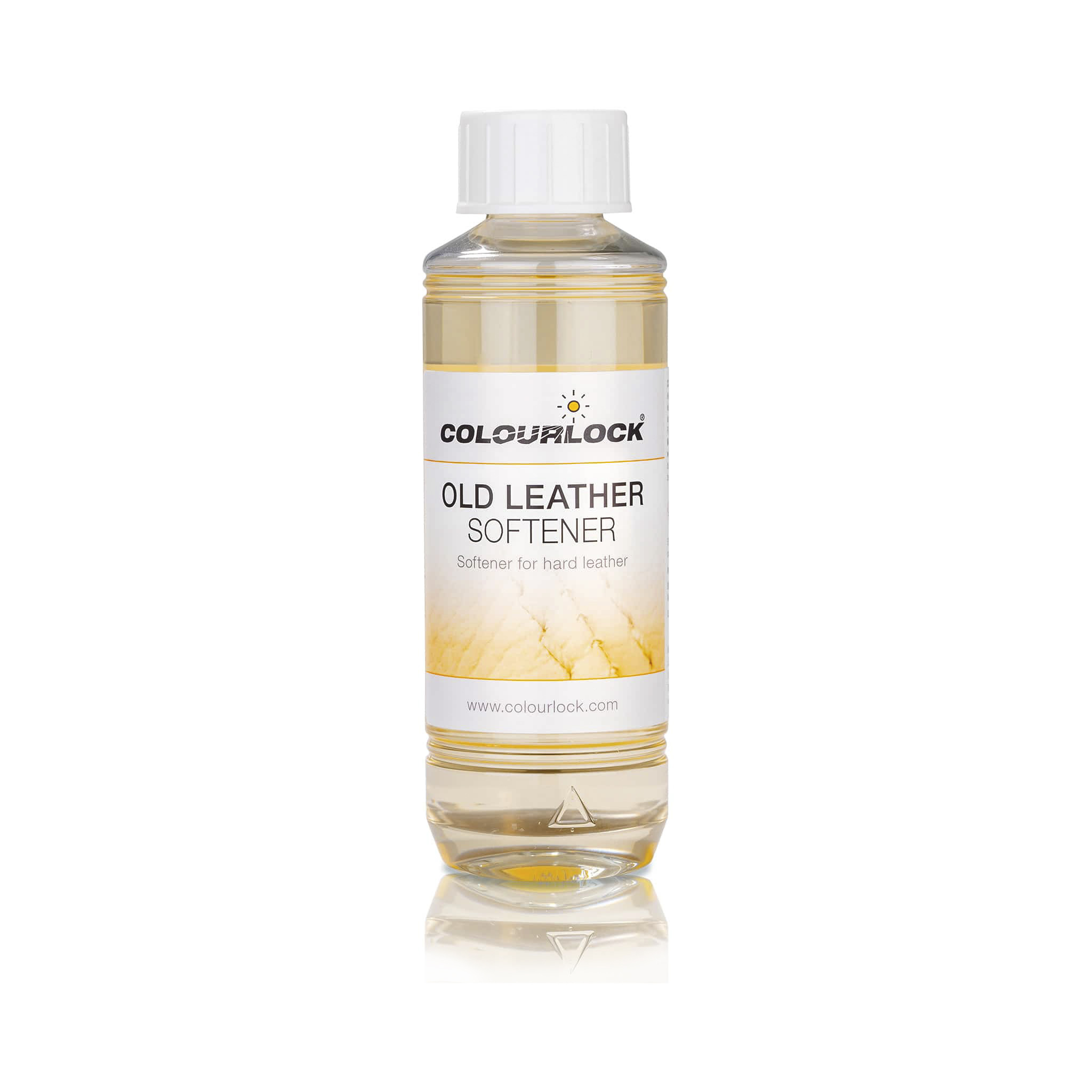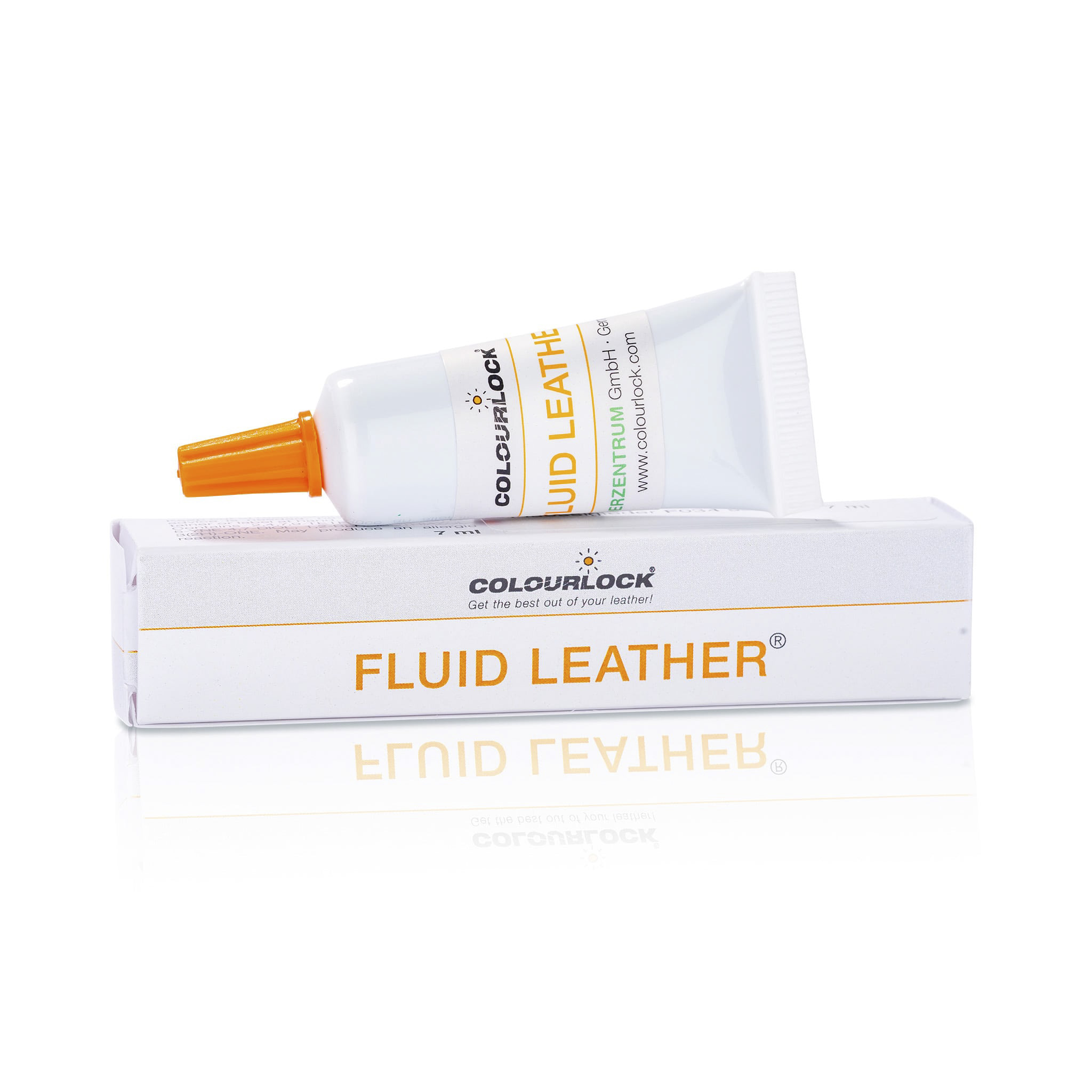The treatment of hardened leather
As we restore old leather, we often deal with the problem of hardened
or shrunken leather. There are two reasons why leather hardens. First
reason is the aging and drying. The leather gets stiffer through lack of
maintenance and use. It has not been re-oiled or used in a very long
time causing a lack of movement of the leather fibres. Another reason
can be the shrinkage of the leather by heat. In the past, most vehicle
leather contained processed vegetable tanned leather which hardens and
shrinks at a temperature of about 70 ° C (= 158°F). However, nowadays
they have been replaced by processed chrome-tanned hides which are
resistant to about 90 ° C (= 194°F). The less a leather is re-oiled
through care, the lower is the temperature at which it begins to shrink.
Shrinkage of leather is an irreversible deformation of the
leather fibre. There is no magic product or trick that increases the
surface again. The hardening can be reduced a little bit, but a surface
extension is impossible. Especially for difficult to remove dashboards
it’s an expensive damage. But even shrunken leather should still be
treated with COLOURLOCK Leather Softener to protect the leather from degradation and to make it more resistant.
Procedure
First clean the leather with COLOURLOCK Mild Leather Cleaner.
Important: Moisten the leather as little as possible when cleaning!
Antique leather can be damaged by too much moisture. Therefore, only
clean with foam and remove residue with a slightly damp cloth. Let dry
away from heat and sun before next working step.
Repair work of cracks and rips with COLOURLOCK Fluid Leather have to be done before the treatment with Leather Softener. Leather Softener is oil based and reduces the adhesion of repair materials.

Sand leather of rough surfaces carefully smooth

Protect hardened leather with Leather Softener from cracking
Before continuing with colour repairs, degrease the surface with Degreaser
To apply Leather Softener a sponge or a soft cloth can be used. For best results, the softener must be applied on the inner layer (the layer facing the cushions on the inside). On this rough surface, the leather is the most receptive to the treatment. But don`t remove the covers only for this treatment! Old leather can tear or break easily in upholstery work and if upholstery work has to be done anyway, the backside can be accessed. In such cases spray on the Leather Softener to prevent overdosing (for example, spray bottle). 2 to 3 treatments are sufficient for the entire treatment procedure! Otherwise the leather gets too oily.
Let the leather rest for 24 hours after first treatment to give time to absorb the Leather Softener and repeat. For an entire vehicle interior one litre is sufficient and for individual upholstery parts 250 ml.
Then try to loosen the leather fibres by kneading the leather with your hands. This is repeated until the leather gets notable softener. But be careful! Very old and shrunken leather can easily break and won’t get soft any more.
Such leather never becomes as soft as it was in earlier times. But not too old and shrunken leather will improve noticeably. Professionals use a leather-softening tool to soften the leather (see video).
After last treatment remove remaining Leather Softener with a soft cloth and wait a week before next working step. In case of any repair work (filling, gluing, colouring), thoroughly degrease such areas with COLOURLOCK Degreaser.
To nourish and protect the leather, use COLOURLOCK Leather Protector and if the leather is glossy or exposed to the weather protect additionally with COLOURLOCK Elephant Leather Preserver. . The future maintenance should be carried out regularly but sparingly. A care treatment is recommended depending on the use of the leather once or twice a year. Further treatments with Leather Softenerare not necessary.

Black leather heats easier in the sun. A shrunken BMW E30 Rear seat cover. This leather must be replaced.

Black leather heats easier in the sun. A shrunken BMW E30 Rear seat cover. This leather must be replaced.
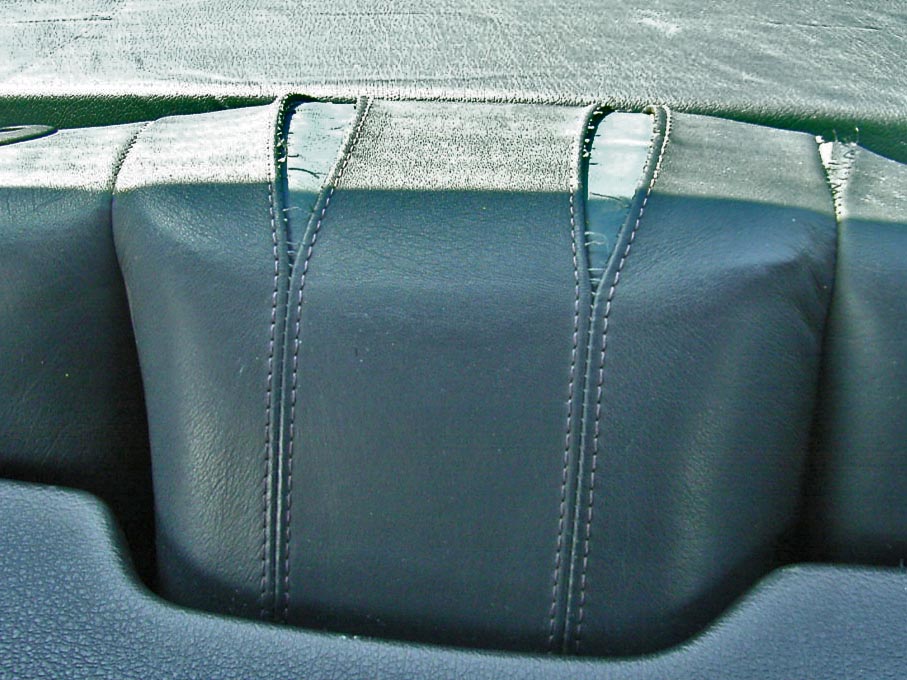
Black leather heats easier in the sun. A shrunken BMW E30 Rear seat cover. This leather must be replaced.
Recommended products

